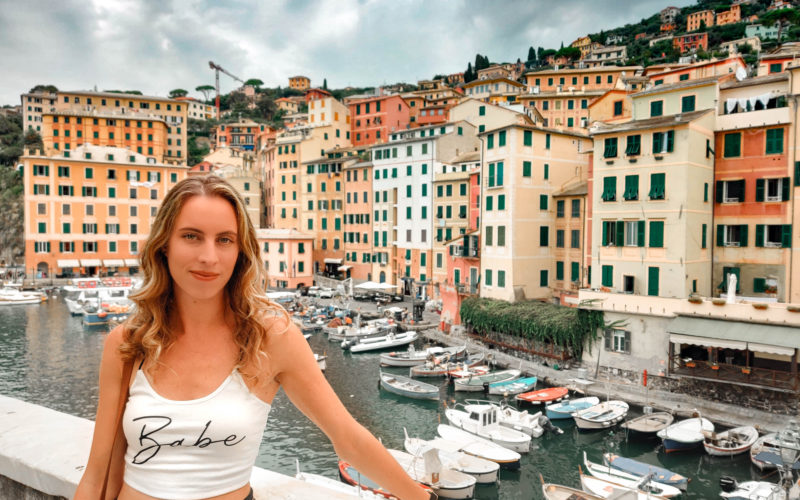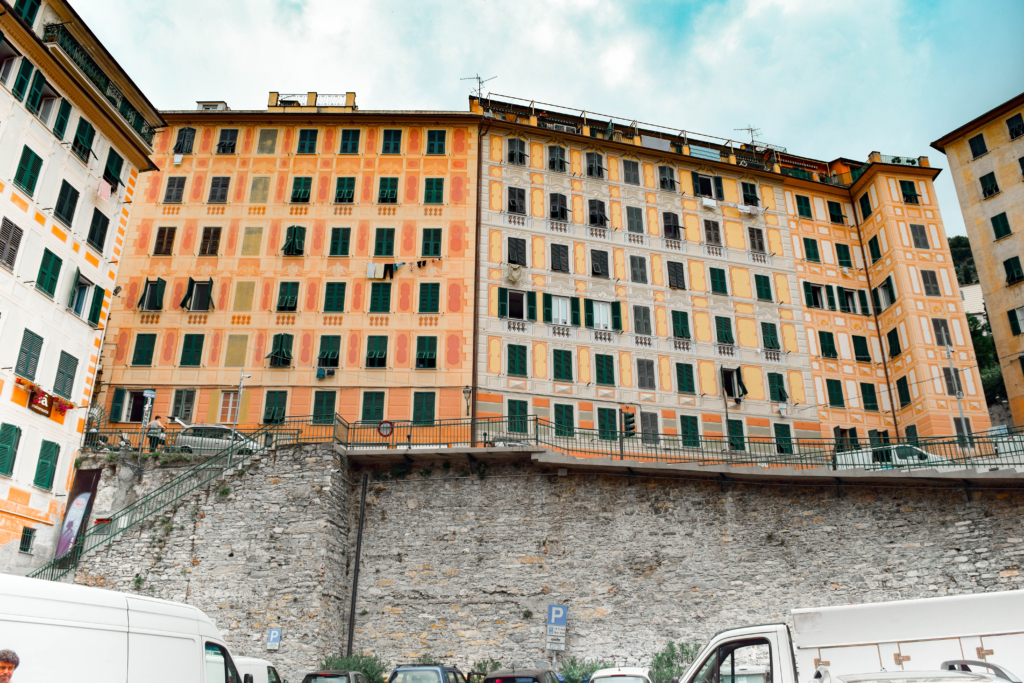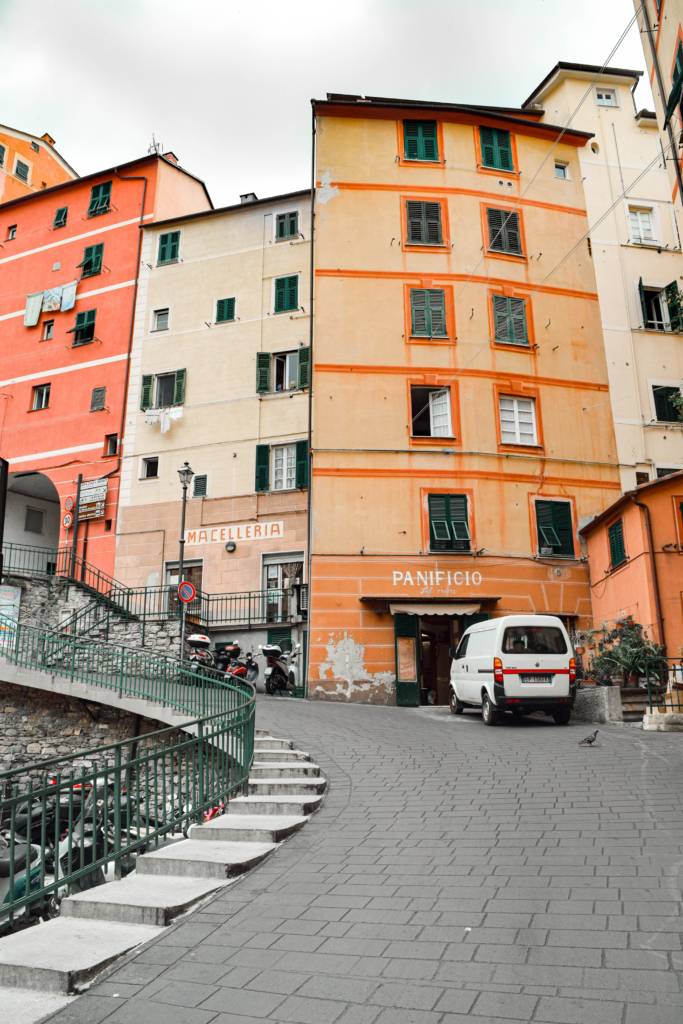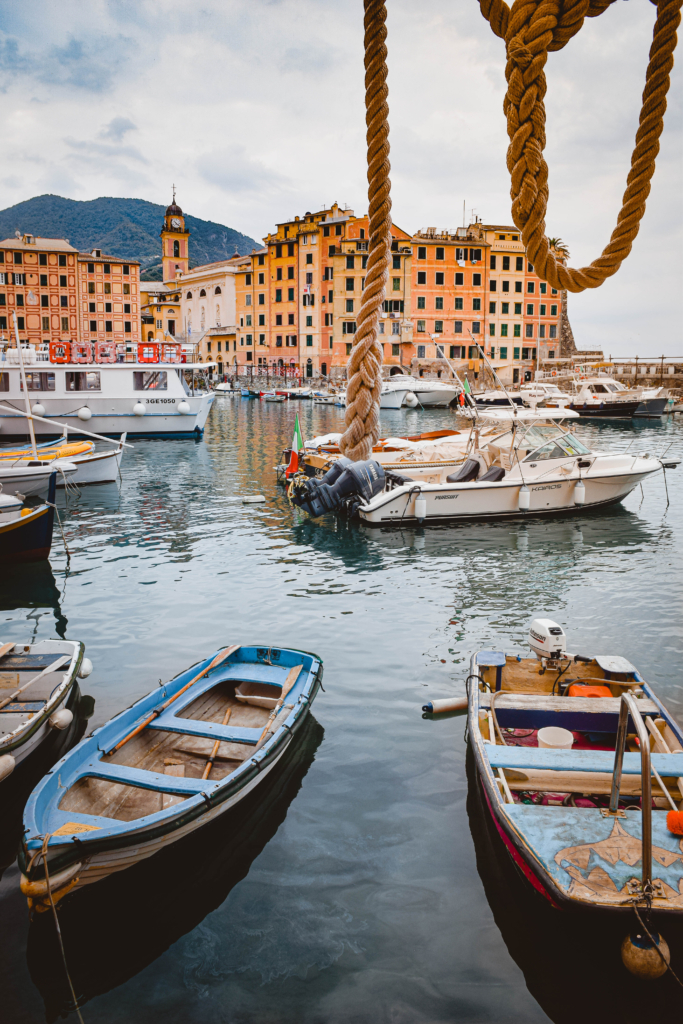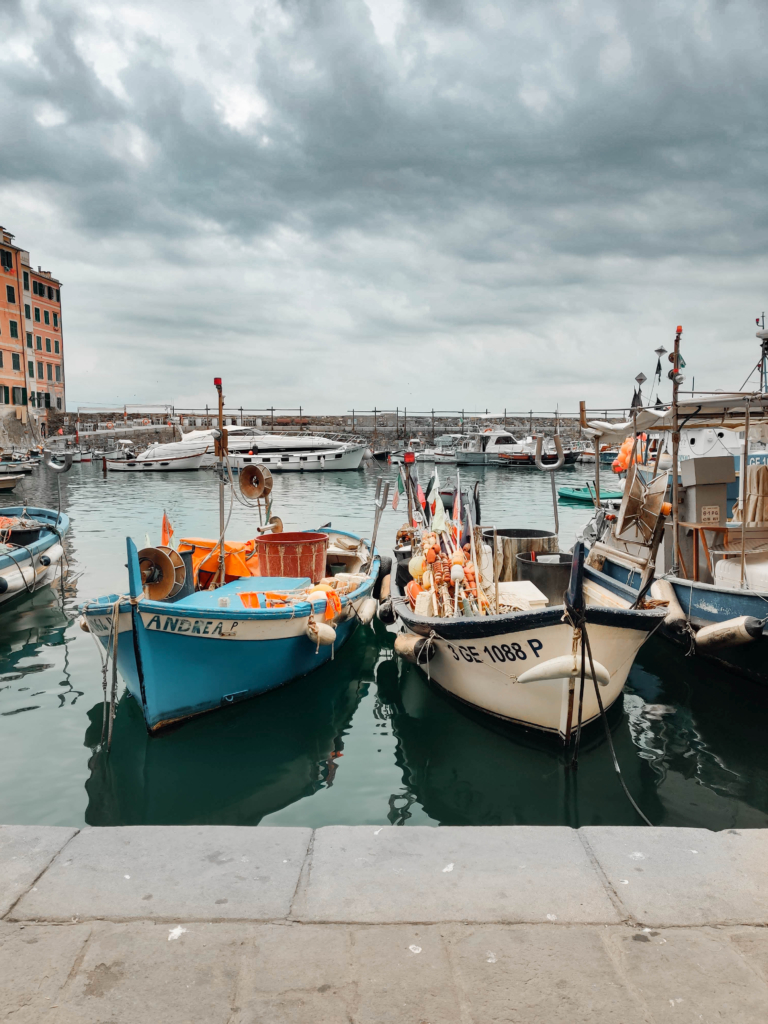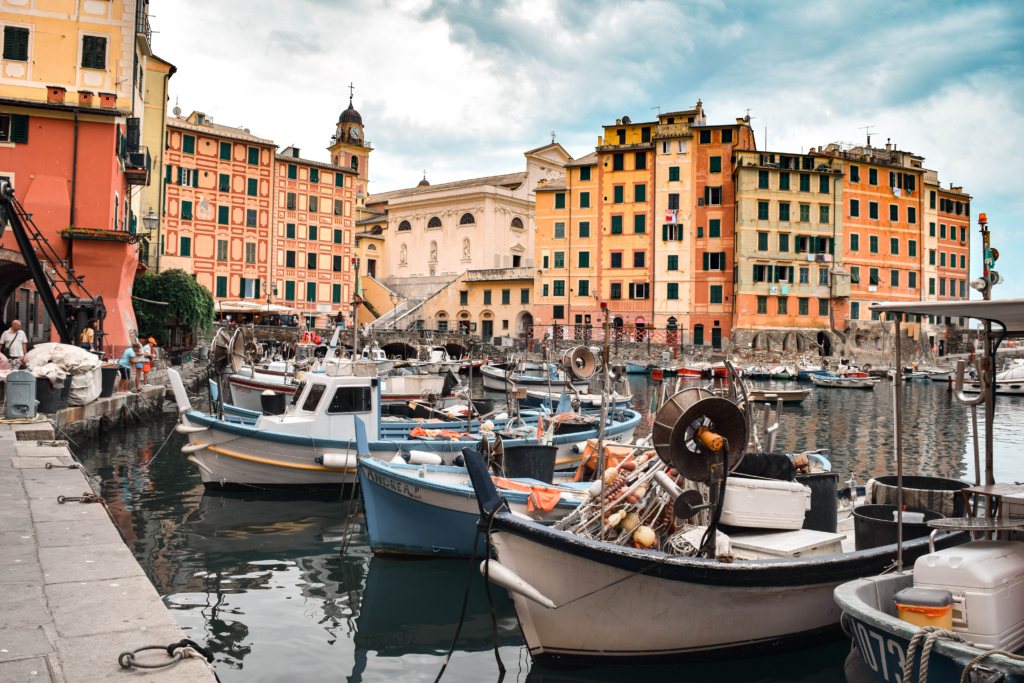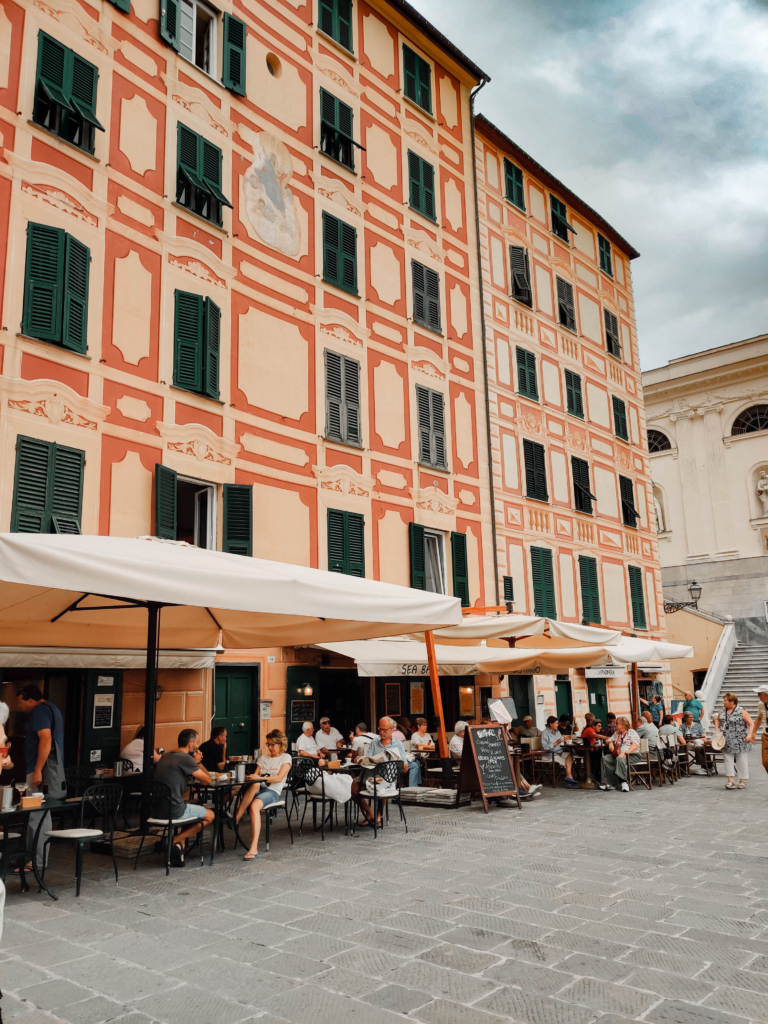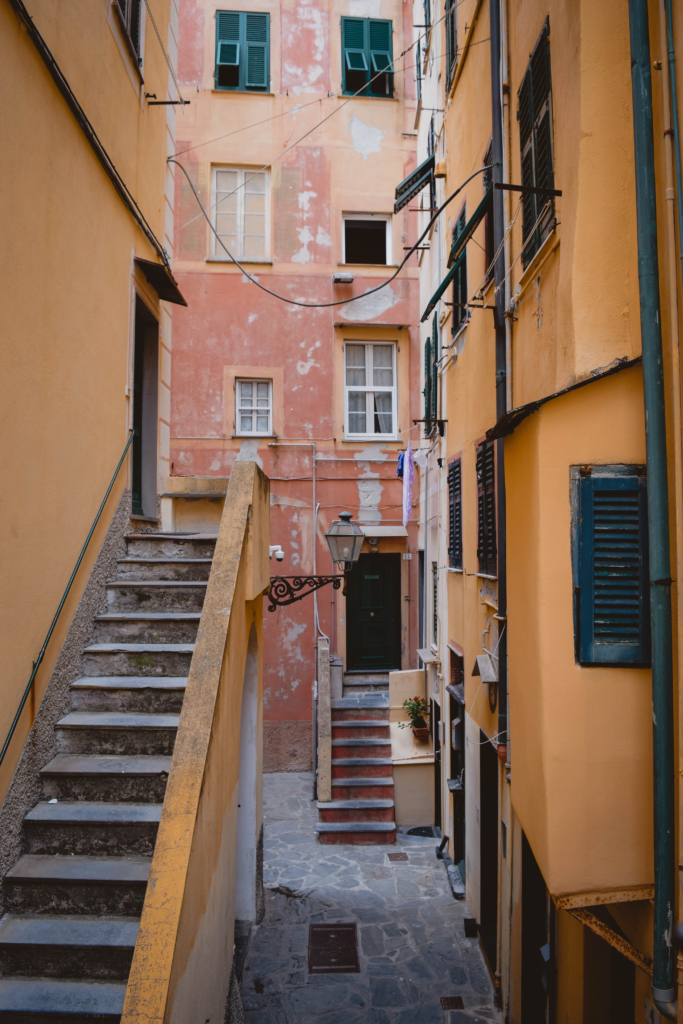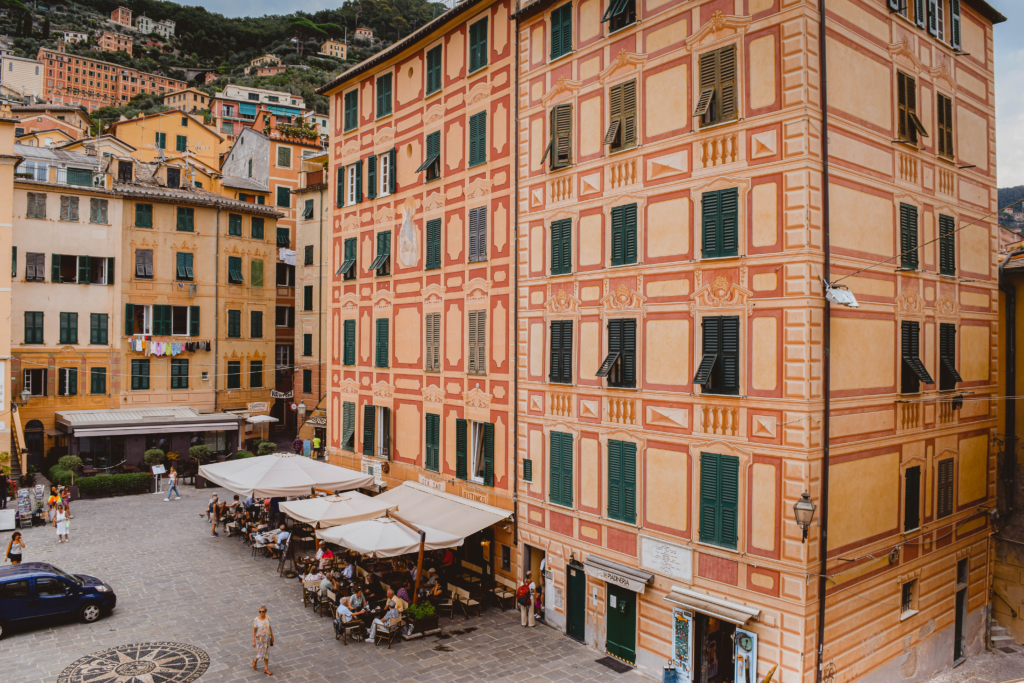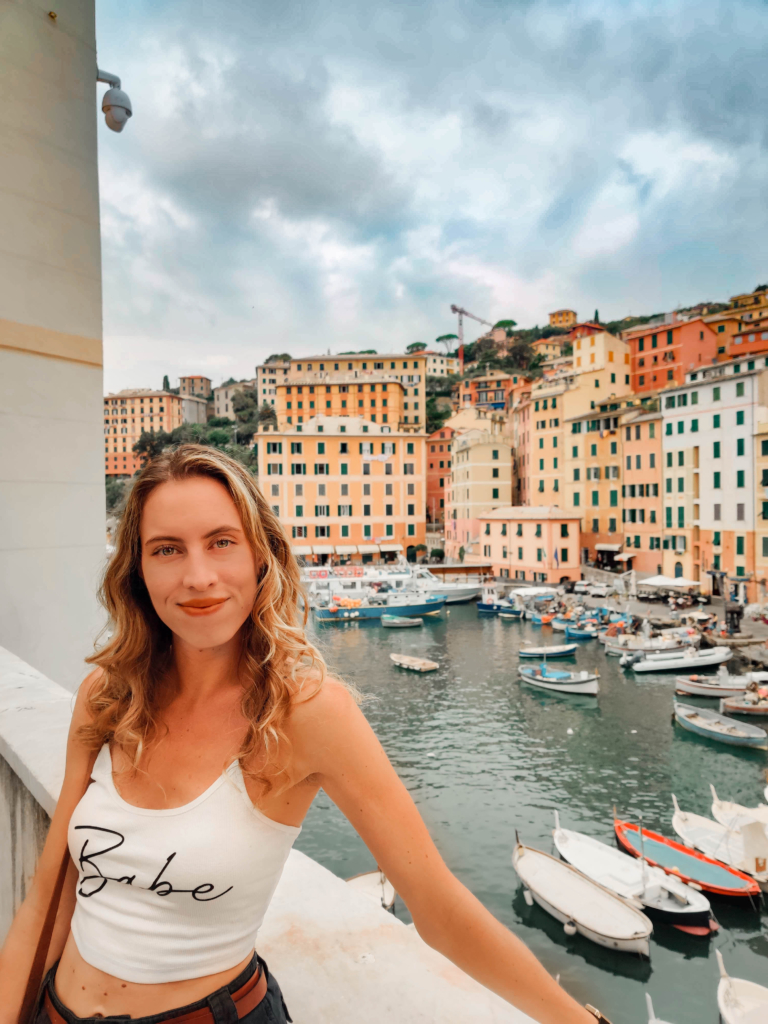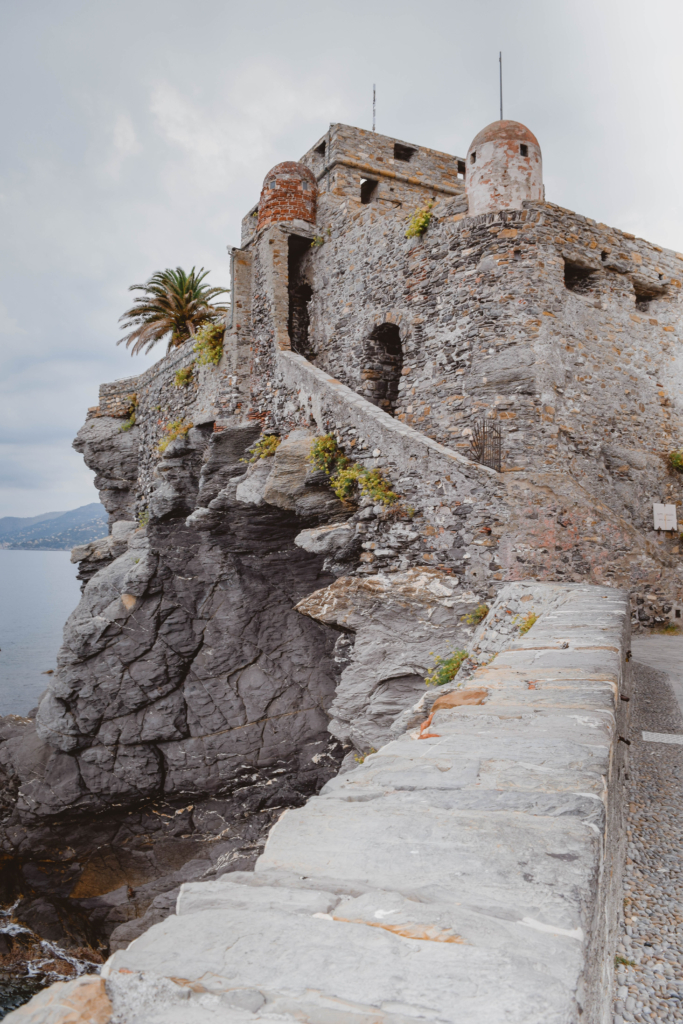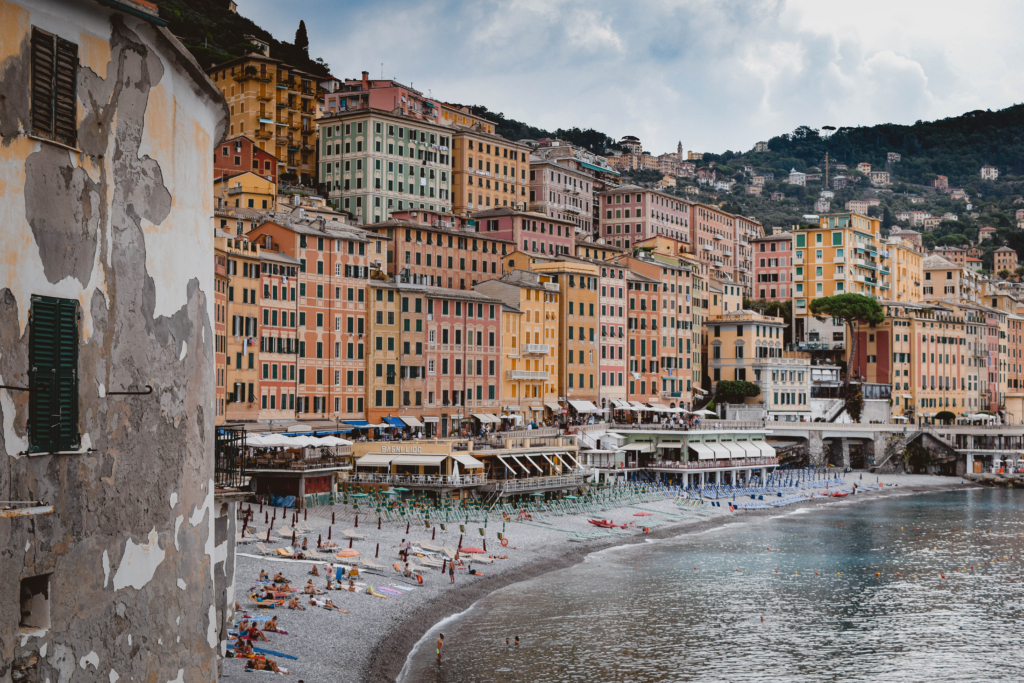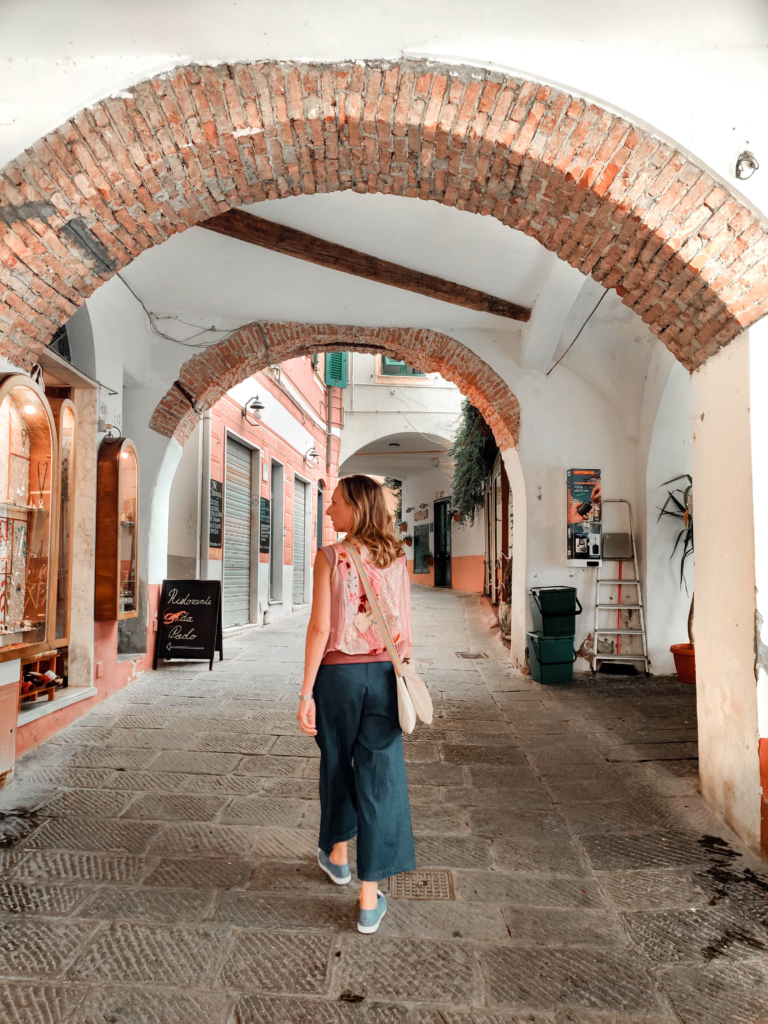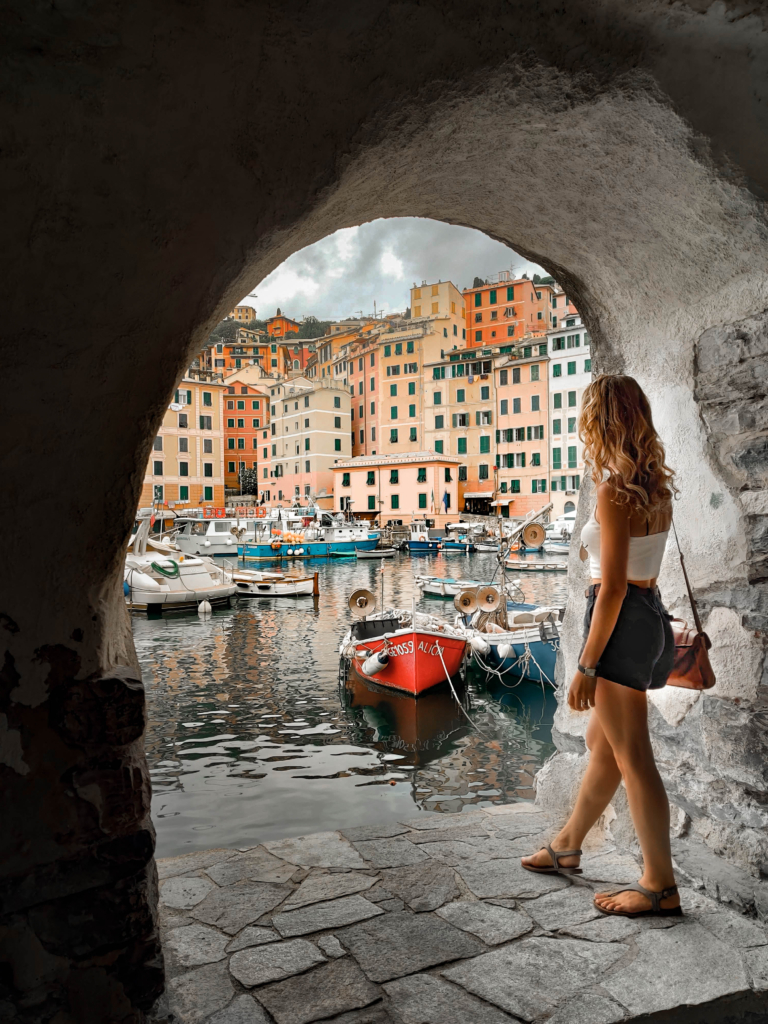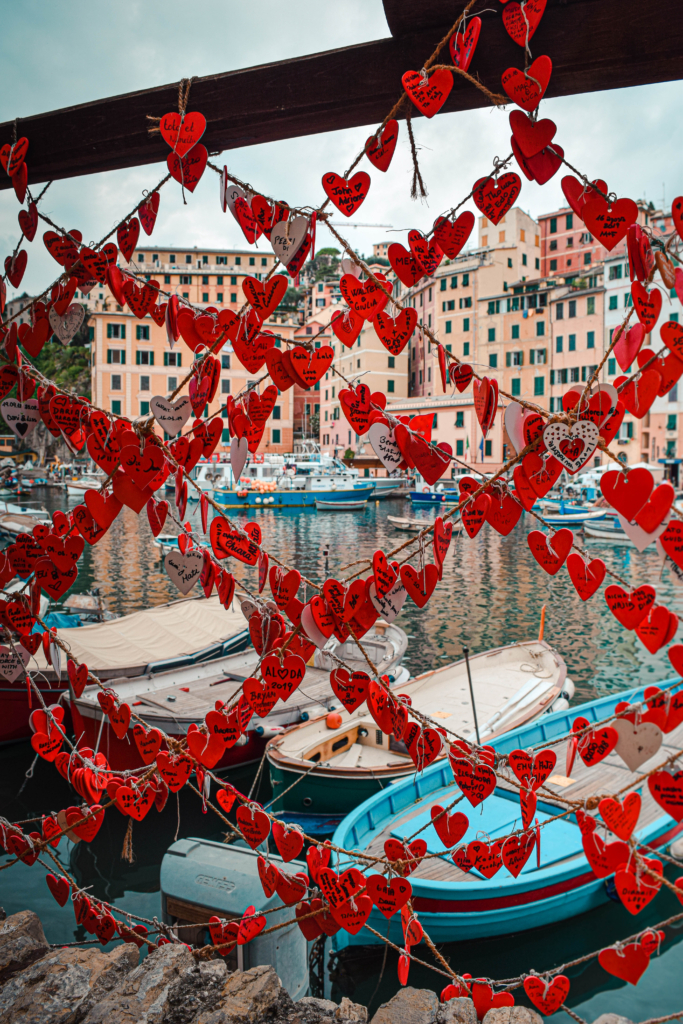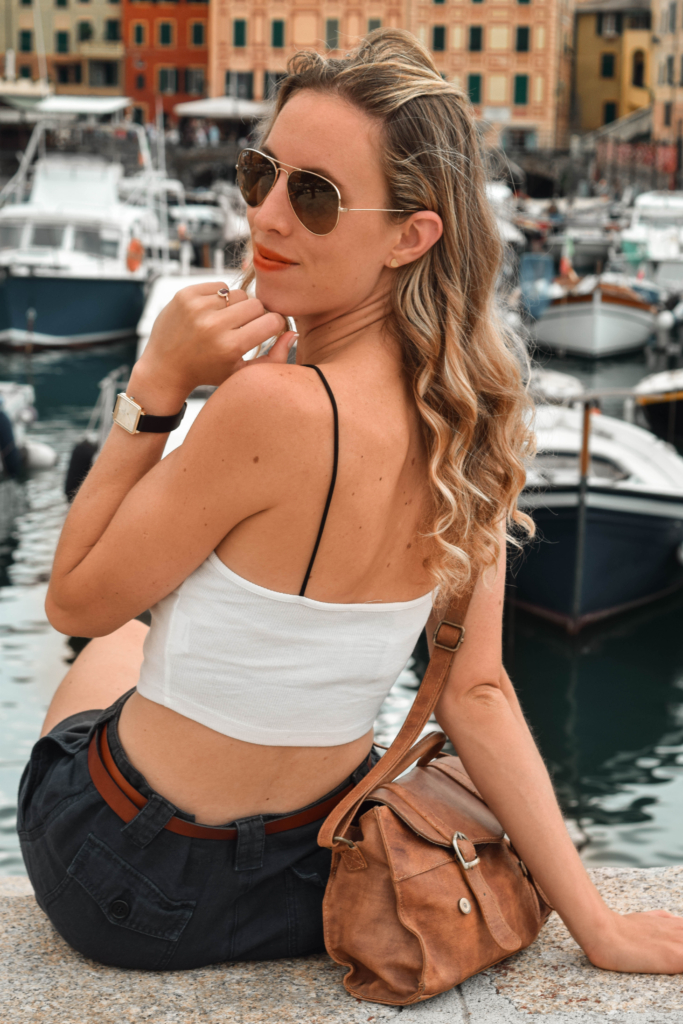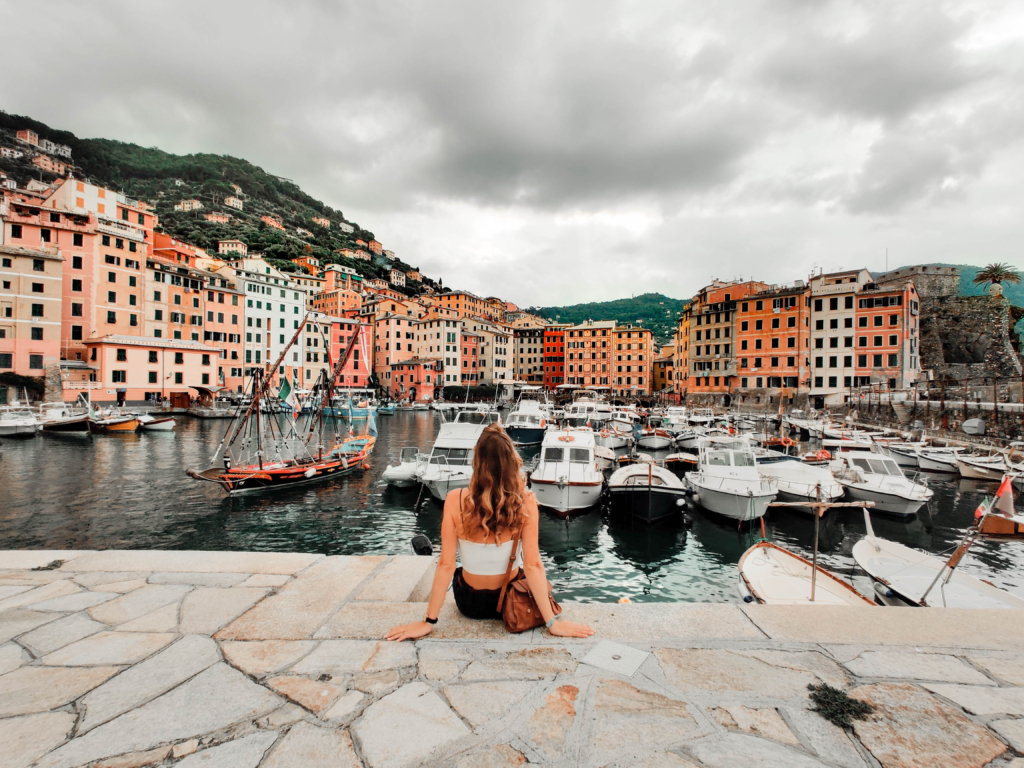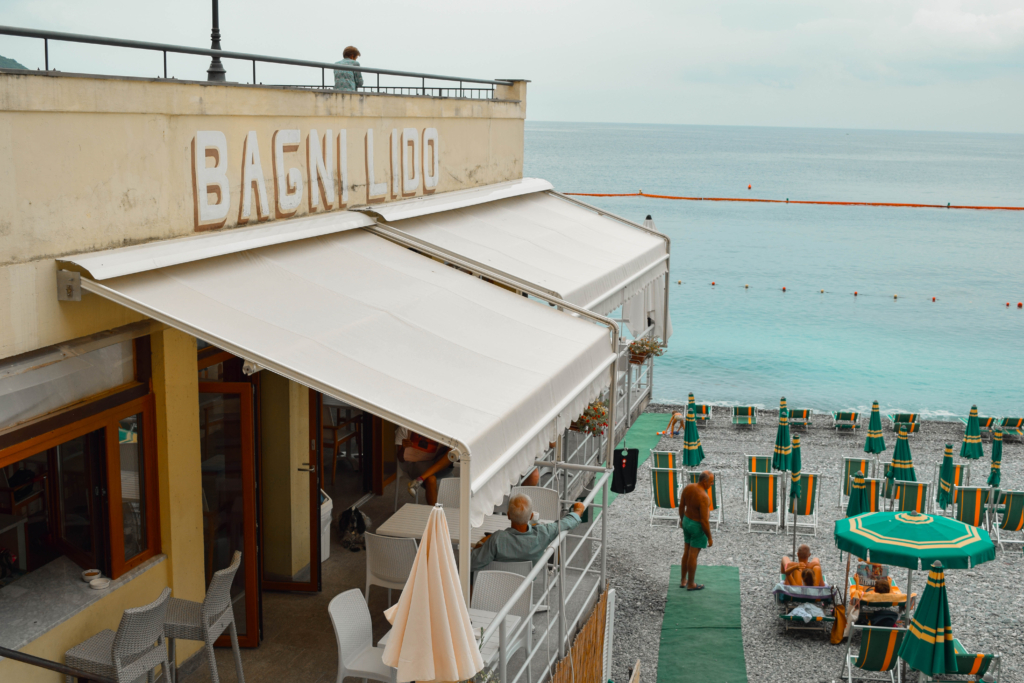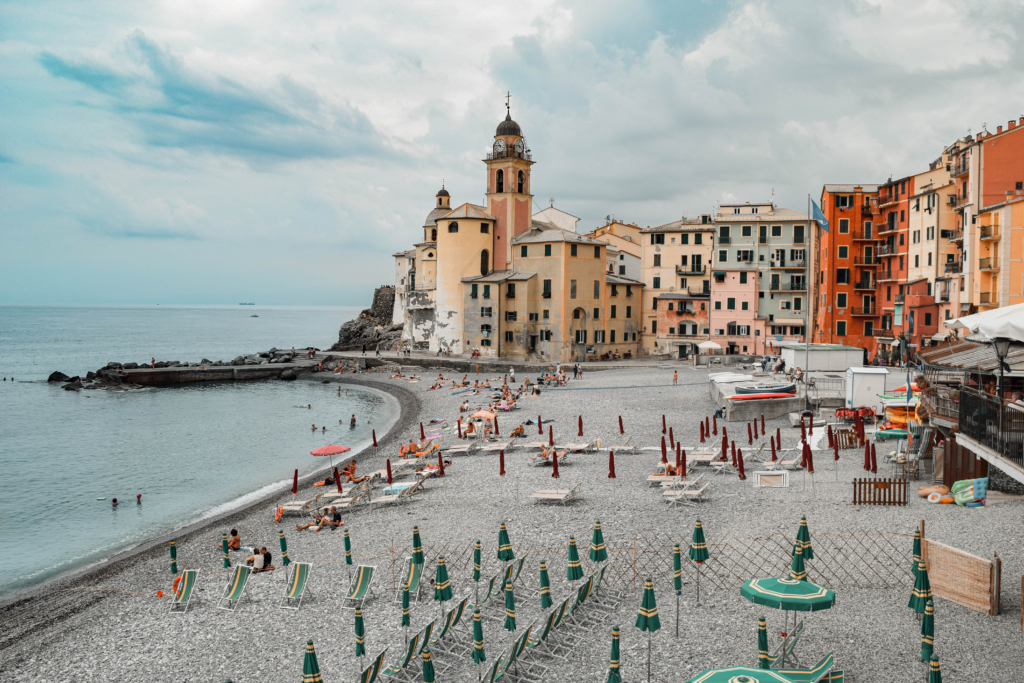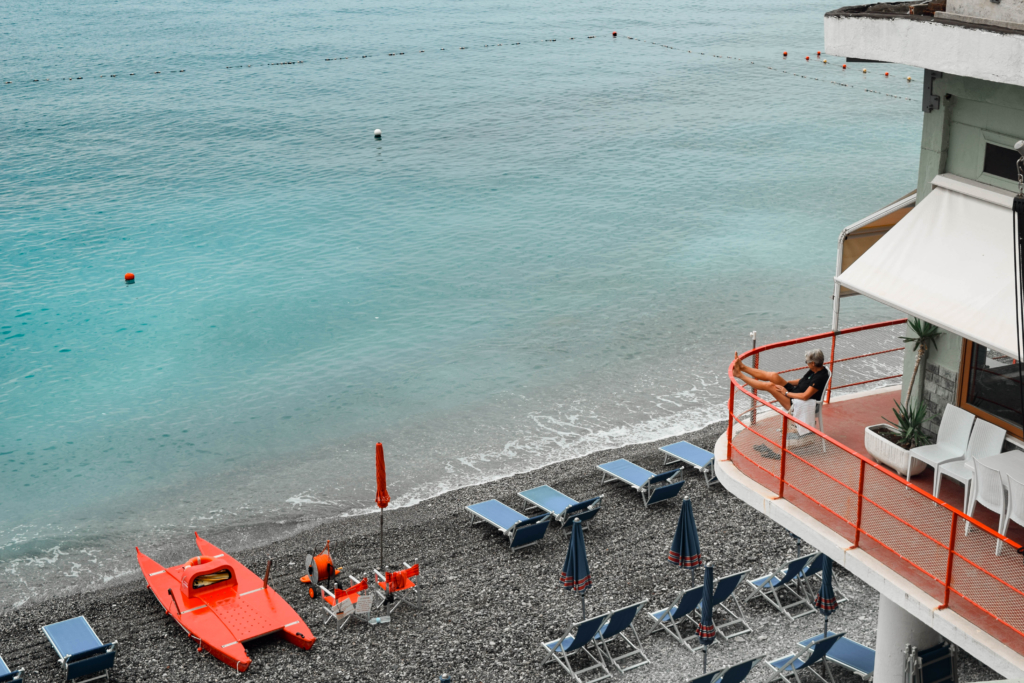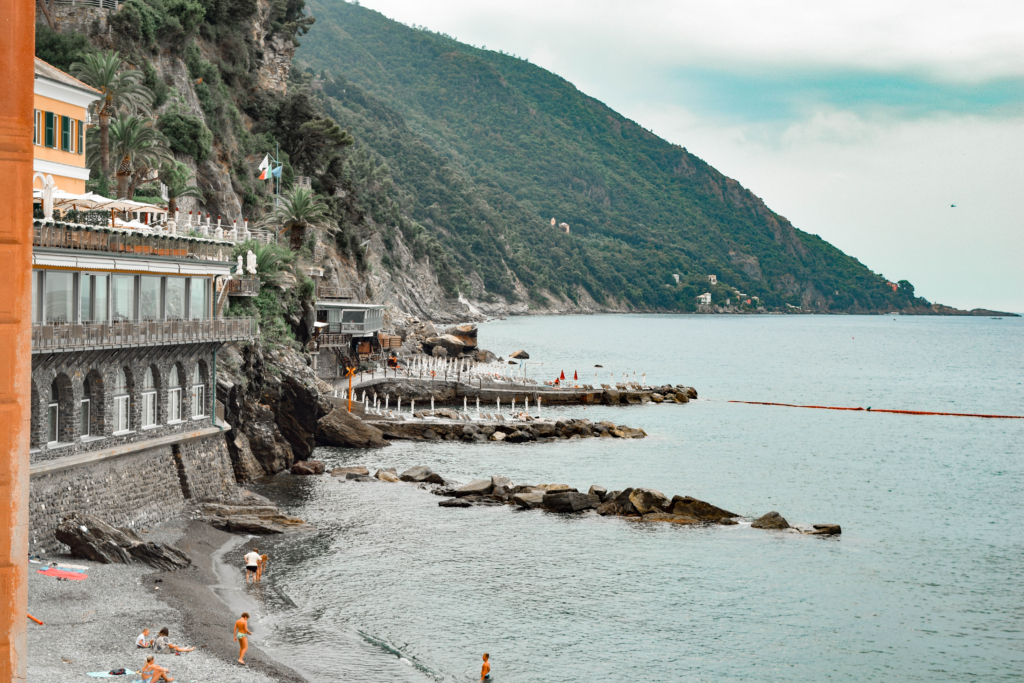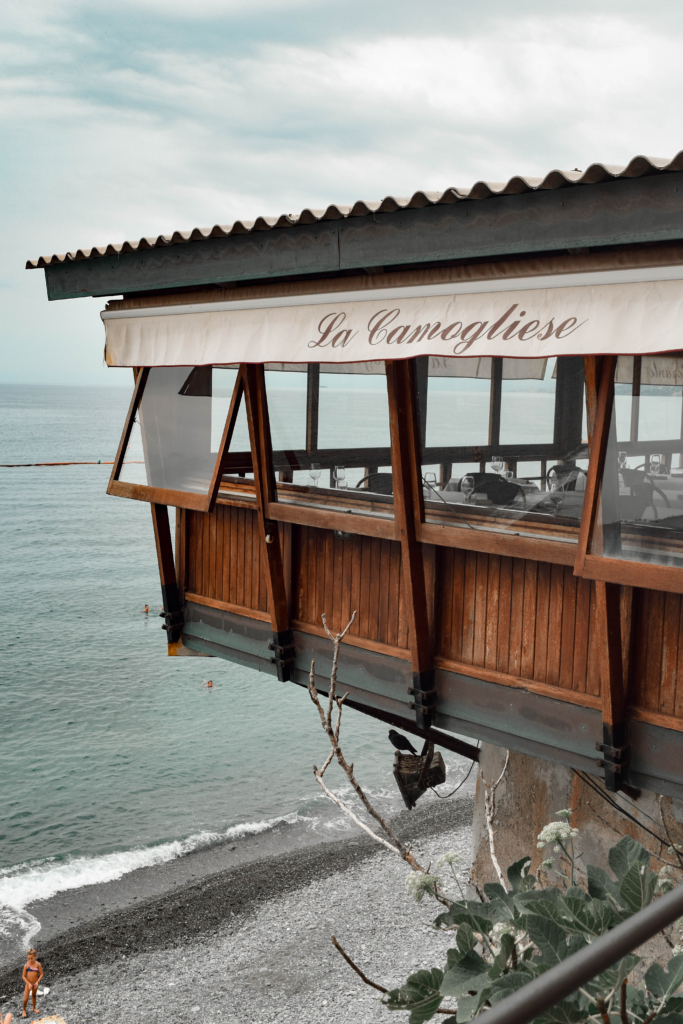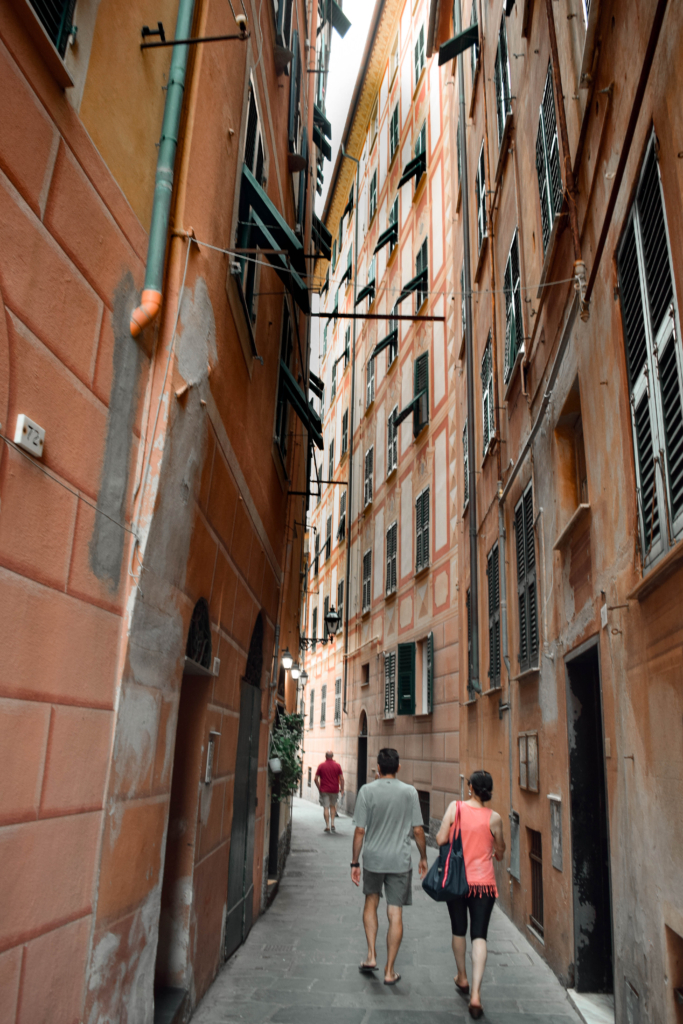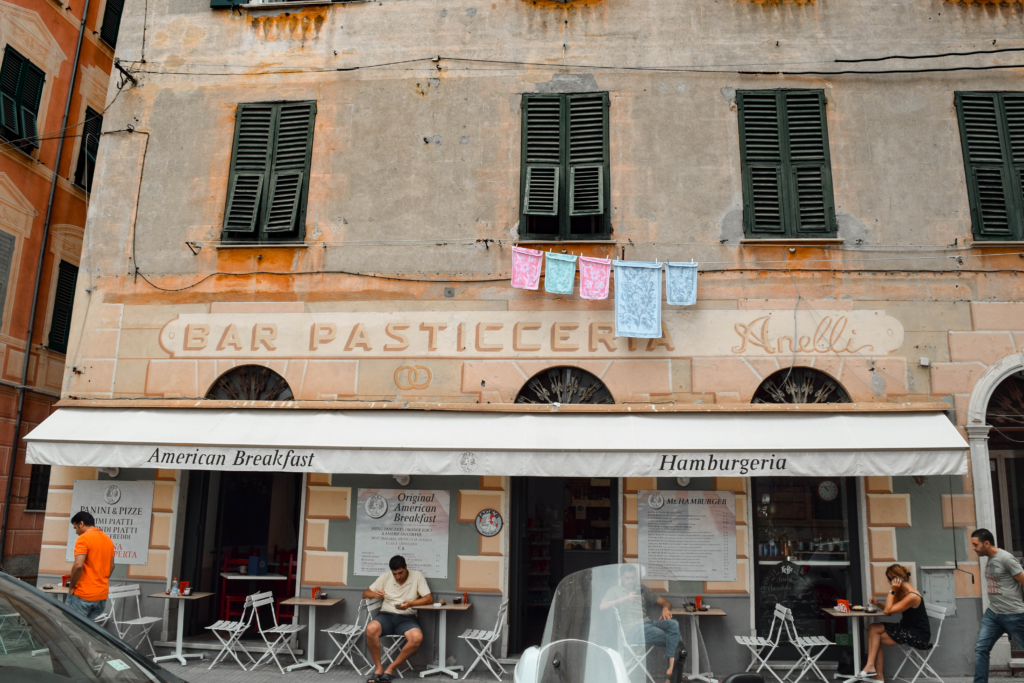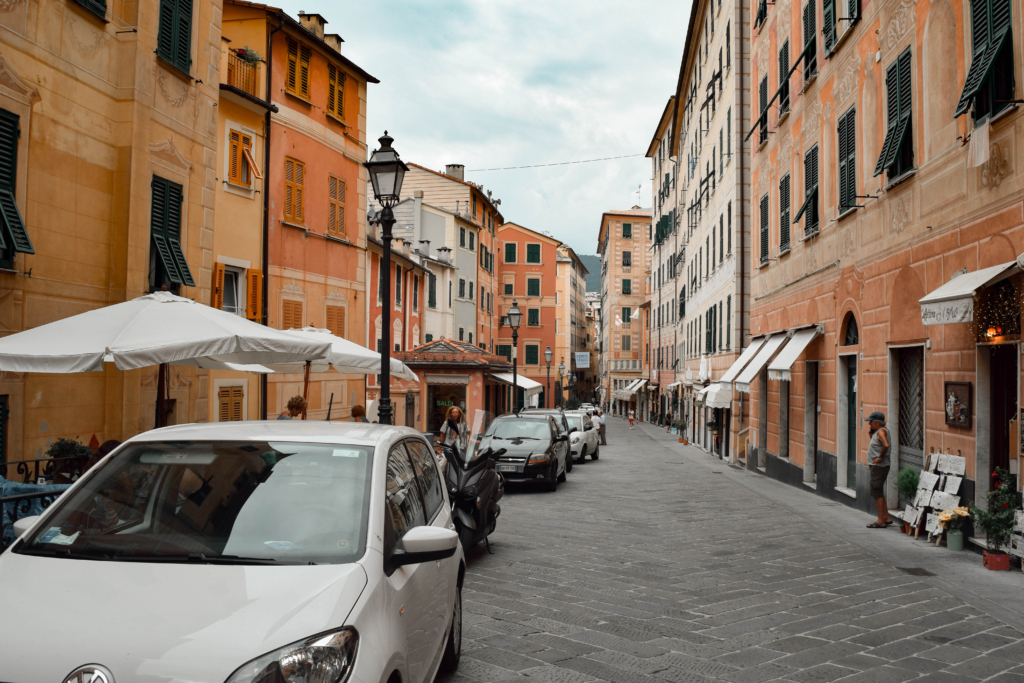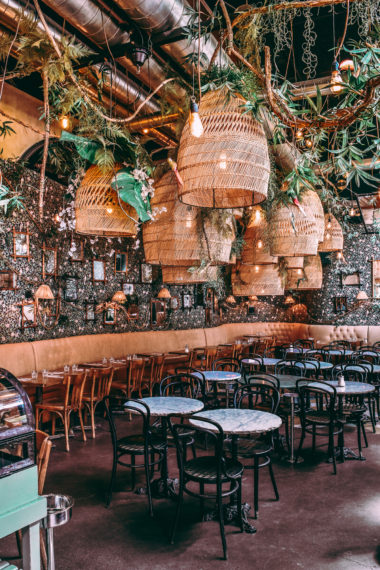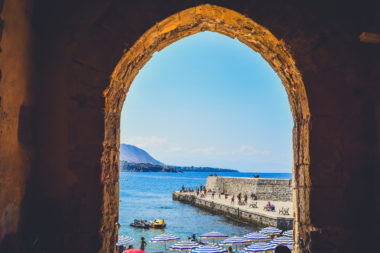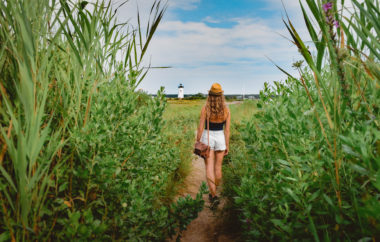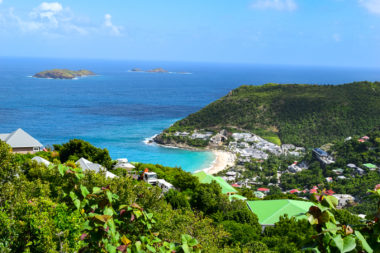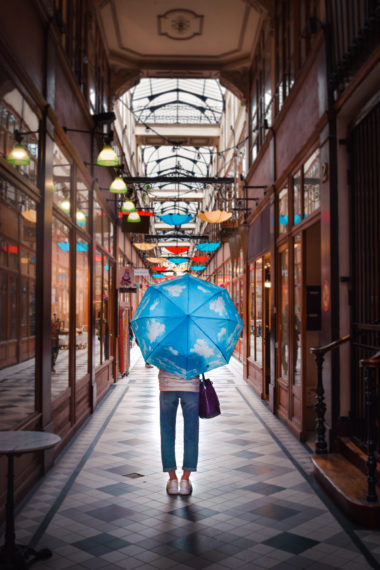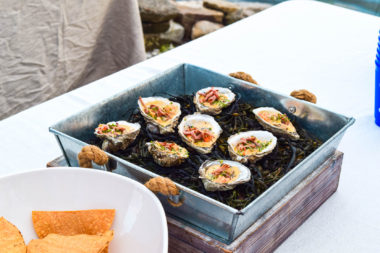Ever heard of Golfo Paradiso, or paradise gulf? This Italian Riviera are, just north of le Cinque Terre, is not known by tourists. It too has 5 charming seaside towns, including the fisherman village of Camogli, Italy.
The first stop on our Golfo Paradiso and Cinque Terre exploration was the seaside village of Camogli, just a 30-minute drive from the port of Genova. Camogli is not known among tourists, but very well known among Italians. It’s perceived as the seaside village that hasn’t changed in the last decade or so. Unlike it’s neighbors of Portofino and Cinque Terre, it has not been overrun by tourism. Before immersing ourselves into the world-famous lands of Cinque Terre, we decided to familiarize ourselves with some of the lesser known areas. Camogli is located in Golfo Paradiso, the dazzling riviera just north of Cinque Terre that is often overlooked by many. It too has five towns, just like le Cinque Terre, and is considered one of the most beautiful coasts in Italy (as if the name doesn’t give it away already). The five towns include: Bogliasco, Pieve Ligure, Sori, Recco, and Camogli.
Where to park in Camogli?
Camogli can be reached by train from Genova, but we recommend having a car for mobility purposes. As always with Italy, finding parking was hard. There was a parking spot right before the start of the seaside town on the main road, which I recommend you park at. My mother and I ended up parking in Camogli in the zona a traffico limitato area, or limited traffic zone. Basically, what that means is, if you’re a local you can park. If you’re not, you can park your car here for 1 hour before 1PM. Be sure to abide by these parking regulations and make sure you are clear on what they are before you park or you risk a hefty fine.
The Fishing Village of Camogli
Camogli is divided into two parts: one is the old fishing village and the other is the newer beach promenade. We started off with the fishing village. Now when I say fishing village, I mean it. I mean this is one of the few villages I saw that genuinely had fishermen boats and fishermen actively coming in and out of the port. None of those large and overbearing yachts, those can be found in Portofino. This is one of the few places where fishermen still thrive. If you want to enjoy a fresh catch and a drink, I recommend you stop by one of the few no frills locales located at the port.
Keep an eye out for Trompe L’Oeil paintings
As you wrap around the port you find yourself in front of a Piazza with two cafes. The beauty of this town is its facades with trompe l’oeil paintings. Trompe l’oeil means illusions in French. If you carefully look at all my pictures in this post, you’ll notice that some of the windows or moldings aren’t actually there, they’re actually just paintings that have been made to look like windows and moldings! This was done purposefully. Back in the day, seamen asked that the town be rich in apricot, cinnamon, and amber colors with trompe l’oeil architecture so they could immediately spot the village from the water.
Views from Santa Maria Assunta Basilica and Dragonara Castle
A large staircase leads you to the top where the 12th century basilica, Santa Maria Assunta, and Dragonara Castle stand tall overlooking Camogli. From here you can see a view of both sides of Camogli.
Boutique and Artisan Shops
A stone passage takes you through a series of arched tunnels right below the basilica and castle and lead you to the farthest end of the port. Here you find numerous artisan boutiques and adorable small archways that open up to the port.
The end of the port offers a colorful and wide spanning vista of the Dragonara castle, the port, and the colored palazzos and buildings. For those who are interested, a blue line ferry boat departs from this port and takes people to the neighboring small bay that houses Abbazia di San Fruttuoso, or San Fruttuoso abbey. The abbey is only reachable by sea and by a hiking trail that begins in Camogli. Tours of the abbey are offered and you can dine in their one restaurant if interested. Another interesting excursion that is offered is to see Christ of the Abyss, a statue of Christ hidden 56 feet underwater in front of San Fruttuoso as a memorial to a diver.
Camogli Promenade and Beach
My mother and I made our way back towards the piazza and walked through the only arch connecting the town of Camogli to the port. The promenade of Camogli is very different in vibes than the port. It is lined with restaurants, cafes, focaccerias, and most notable the stone pebbled beach. Green and red umbrellas stood out like a colorful parrot among a flock of doves on the white pebble beach on this cloudy day, alongside the colorful palazzos and buildings in the background.
Camogli is not very complex, it only has two main roads, the seaside promenade being one of them. The seaside road is called Via Giuseppe Garibaldi and the upper road is called Via della Repubblica. At the end of Via Giuseppe Garibaldi is a very well-known luxury hotel known as Hotel Cenobio dei Dogi. This is a great place to grab a drink or breakfast while overlooking the beach.
Via della Repubblica
As we got to the end of Via Giuseppe Garibaldi, the street began to narrow before becoming a piazza. We decided to make our way back to our parked car by walking on the upper street of Via della Repubblica for a change of scenery. But don’t head up to the upper street without first stopping by Revello, one of the most famous bakeries in Golfo Paradiso. There story goes way back in time, but to this day you can taste some of the best homemade foccaccia and desserts in the area.
Via della Republicca was less crowded, but equally as animated. Bars and pasticcerie with tables and chairs spilled into the street and clothing lines with pinned garments added some more color to the now worn out and fading color of the buildings.
Even for a cloudy day in September, Camogli was quieter than it’s neighboring villages. Only an hour from Cinque Terre, this area is still unknown by many and maybe it’s best it remains this way if it plans to retain its charm. But if you want a glimpse of the Italy locals like to keep secret, put Camogli and Golfo Paradiso on your list.
Follow SVADORE on:
